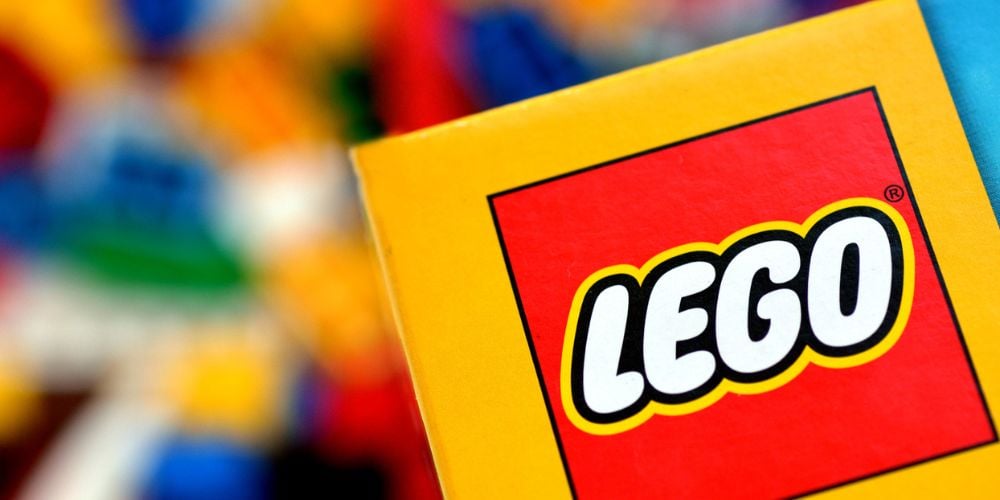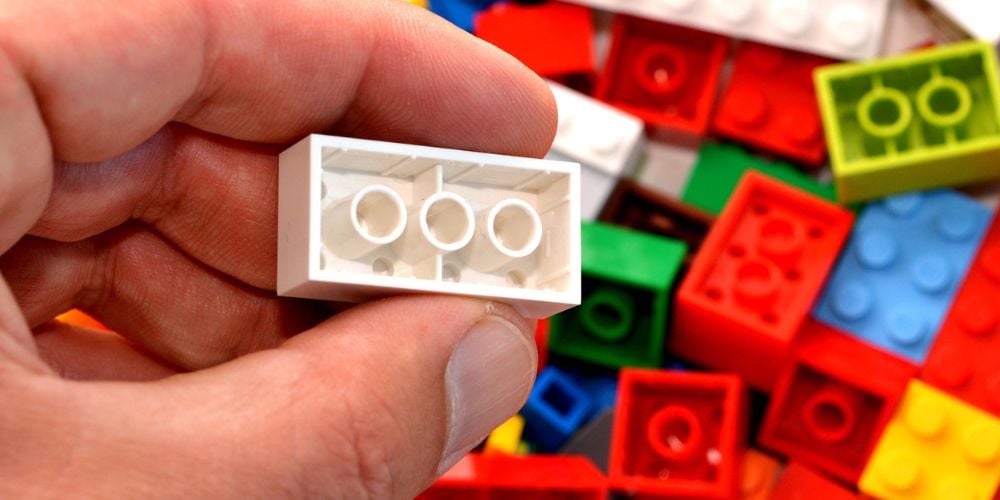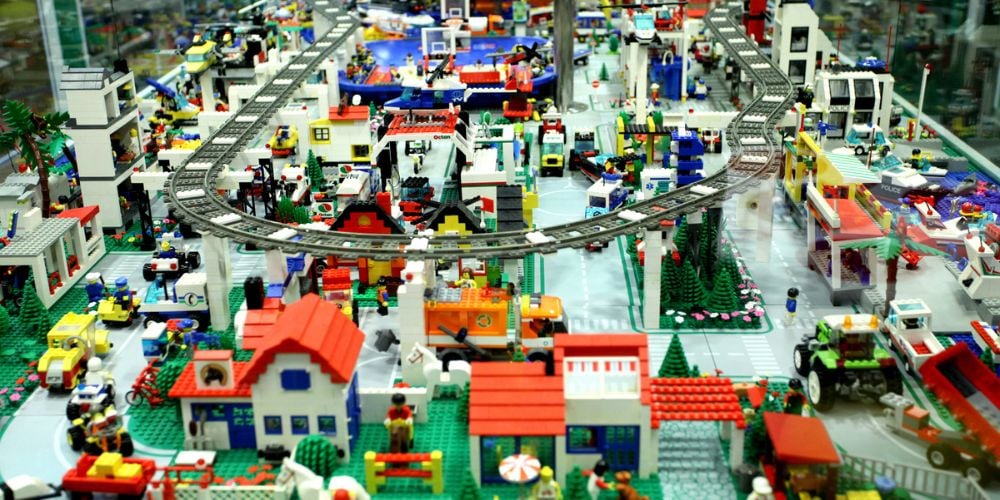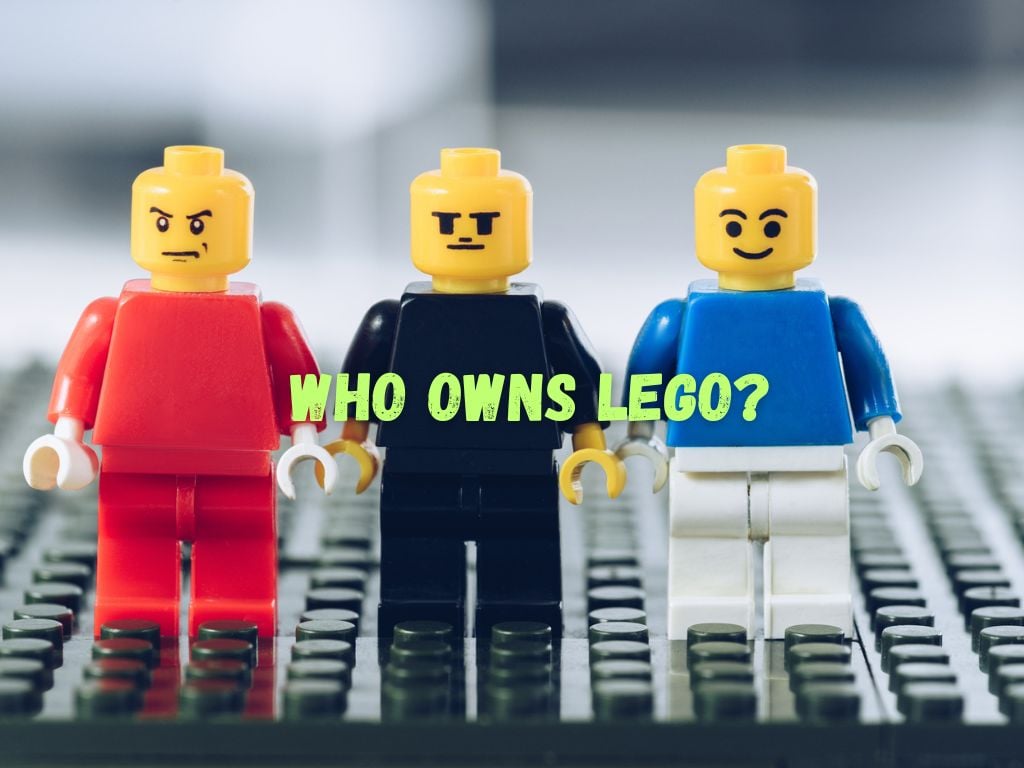Lego holds a special place in the hearts of millions worldwide. With its colorful bricks and endless creative possibilities, it has become an iconic staple in the toy world. But have you ever wondered who owns Lego?
In this article, we will take a detailed look at who owns Lego, tracing its origins, exploring its transition between hands, and shedding light on the current powerhouses behind this beloved brand.
Understanding Lego: A Brief History
Origins and the Shift to Plastic Bricks (1930s-1949)
Lego’s story began in the early 1930s when Danish carpenter Ole Kirk Christiansen started a small company in Billund, Denmark.
Originally, the company focused on producing wooden toys, but it wasn’t until 1949 that Lego experienced a game-changing moment with the introduction of plastic bricks.
This shift marked a turning point in Lego’s history, laying the foundation for their iconic building system.

Expansion and Popularity Surge (1950s-1960s)
In the 1950s and 1960s, Lego made significant strides in expanding its product line.
Building on the success of their plastic bricks, Lego introduced a variety of new sets and themes, including Legoland, Lego trains, and Lego’s iconic minifigure, which was introduced in 1978.
These innovations expanded Lego’s creative possibilities and captured the imaginations of children and adults worldwide.
Partnerships and Brand Strengthening (1970s-1990s)
During the 1970s and 1980s, Lego solidified its position as a leading toy brand through strategic partnerships with popular franchises.
In 1977, Lego introduced its first licensed theme, teaming up with the iconic space opera franchise, Star Wars.
This partnership opened the doors to collaborations with other beloved franchises like Indiana Jones, Harry Potter, and the Marvel and DC comic universes.
These partnerships not only expanded Lego’s product range but also strengthened its brand presence among fans of these properties.
Who owns Lego? The Ownership of Lego
Currently, Lego is owned by KIRKBI A/S, a Danish family-owned investment company. Let’s delve deeper into the entities that comprise Lego’s ownership structure:
KIRKBI A/S: The Powerhouse Behind Lego
KIRKBI A/S was founded by the Christiansen family, the same family that initially started Lego.
The company operates as an investment vehicle, managing various business interests, including Lego. As Lego’s largest shareholder, KIRKBI plays a significant role in shaping the brand’s direction and long-term strategy.
Their strong ownership position ensures the family’s continued involvement in the growth and success of the company.
The Lego Foundation: Advancing Education and Children’s Well-being
The Lego Foundation is an independent organization that holds a minority stake in Lego. Established in 1986, the foundation focuses on promoting children’s creativity, learning through play, and overall well-being.
It aims to support quality education and advocate for children’s rights globally. The foundation’s involvement in Lego’s ownership ensures that the brand’s core values align with its commitment to children’s development.

The Transition of Ownership
The ownership of Lego has remained within the Christiansen family for generations.
After Ole Kirk Christiansen passed away in 1958, his son, Godtfred Kirk Christiansen, assumed leadership of the company.
Under Godtfred’s guidance, Lego experienced remarkable growth, expanding its international presence and solidifying its position as a leading toy brand.
In 1979, Godtfred’s son, Kjeld Kirk Kristiansen, succeeded his father as the CEO of Lego. Kjeld played a pivotal role in expanding Lego’s global footprint and diversifying its product offerings.
During his tenure, Lego experienced exponential growth, becoming a household name and one of the world’s most valuable toy companies.
Lego’s Position Today
With its timeless appeal and commitment to creativity and innovation, Lego continues to flourish in the toy market.
Despite facing challenges from digital gaming and changing consumer preferences, Lego has managed to maintain its relevance.
The brand’s strong product portfolio, strategic partnerships, and global outreach have contributed to its enduring success.
Presently, Lego holds a dominant position in the toy industry, captivating the imaginations of both young and old.
Its bricks are not only used for play, but also for educational purposes, often incorporated into classroom curricula to enhance learning in various subjects.
Frequently Asked Questions:
Who is the current owner of Lego?
Lego is currently owned by KIRKBI A/S, a Danish family-owned investment company, and the Lego Foundation.
How did the Lego brand evolve over time?
The Lego brand evolved from producing wooden toys to creating its famous plastic brick system.
It expanded its product line, established partnerships with popular franchises, and embraced digital innovation to enhance the Lego experience.
What is the Lego Foundation?
The Lego Foundation is an independent organization that owns a minority stake in Lego. It focuses on promoting children’s creativity, learning through play, and overall well-being through education initiatives worldwide.

How has the ownership of Lego transitioned in the Christiansen family?
The ownership of Lego has remained within the Christiansen family for generations.
From Ole Kirk Christiansen to his son Godtfred, and then to Godtfred’s son Kjeld, the family has overseen the company’s growth and success.
What significant contributions has Kjeld Kirk Kristiansen made to the Lego brand?
Kjeld Kirk Kristiansen, as CEO of Lego, expanded the brand’s international presence, diversified its product offerings, and elevated Lego to become a global leader in the toy industry.
Conclusion
Lego’s ownership history is intricately tied to the Christiansen family and their commitment to fostering creativity and learning through play.
The current ownership structure, with KIRKBI A/S and the Lego Foundation at the helm, ensures that Lego’s legacy continues to thrive while promoting children’s well-being and education.
As we reflect on the ownership journey of Lego, it is evident that the brand’s success lies not only in its iconic brick system but also in the dedication of the stakeholders towards nurturing the spirit of imagination.
Lego remains an everlasting symbol of joy, innovation, and limitless possibilities.


 Tags:
Tags:










